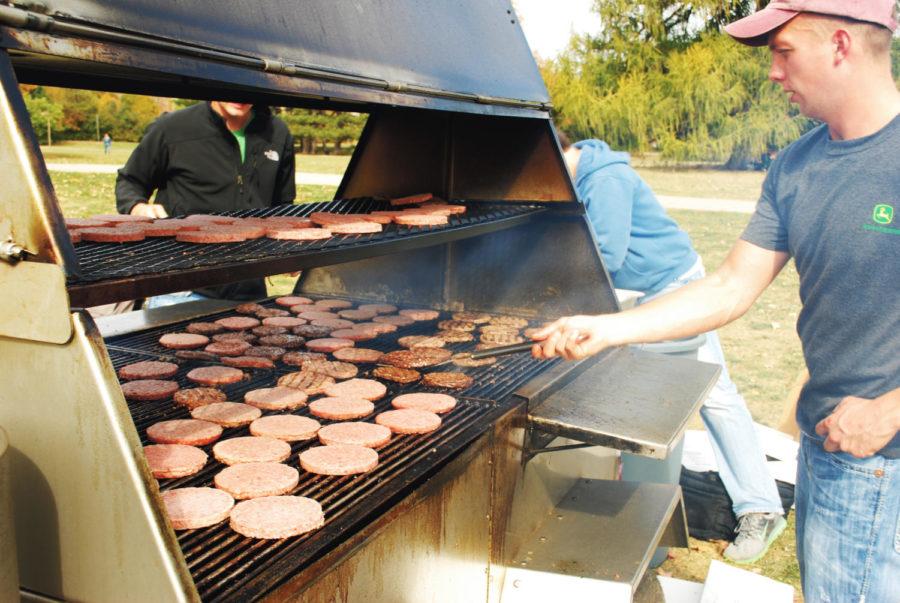Iowa State projected to meet the demands of agricultural and life sciences employers
October 12, 2012
Though the weeklong celebration for the College of Agriculture and Life Sciences, known as CALS Week, may be coming to a close, the college has something to celebrate all year.
In 2005, an advisEr board from the ISU Dean of Students projected a large demand in the near future for students who could handle the world’s newest agriculture problems. Demand from all aspects of agriculture and life sciences was expected to increase dramatically in what was called the “perfect storm.”
But there was one problem: the College of Agriculture and Life Sciences was in no shape to meet the demands of the perfect storm. However, after six years of increased enrollment starting in 2005, the college has set a new record and is now prepared.
David Acker, the associate dean for academic and global programs, said part of this approach was to seek help in marketing the college by understanding how to recruit students and research what students look for in a choosing a college.
ISU alumnus Andrew Zehr, director of marketing and recruiting for the College of Agriculture and Life Sciences, helped seek answers.
“Over time the college has evolved,” Zehr said. “We have been innovative in adding majors people don’t think about when they hear ‘College of Agriculture and Life Sciences.’”
Zehr attributes the nearly-doubling enrollment success of new majors in the college -— such as global resource systems and culinary science — to reaching out to a broader audience.
“[When Zehr] did market research, he started to understand the key elements students are looking for when they make a decision to come to a place or not come to a place,” Aker said.
Zehr found that students choose where to study based on feeling wanted there. The College of Agriculture and Life Sciences transformed its message based on this research.
“Our college is department-centric. Students here can get a mentor within that department,” Zehr said. “I make sure prospective students meet somebody in the department in the major they are most interested in.”
More then ever, the college focuses on their website with frequent updates and improvements. A “facelift,” Aker said, is expected for the website in coming months.
“We find this much more effective,” Zehr said. “The last thing students want is to hear a lecture from is a guy who graduated from the university a long time ago and sits in a marketing office all day.”
Aker said the college has grown in advising and faculty capacity while adding more class sections to meet demands of enrollment. Acker and Zehr emphasized that students’ one-on-one department interaction will not be affected by increased enrollment.
Aker said the perfect storm is the reason why students are able to find jobs successfully after graduation, and he doesn’t see the storm slowing down anytime soon.

















